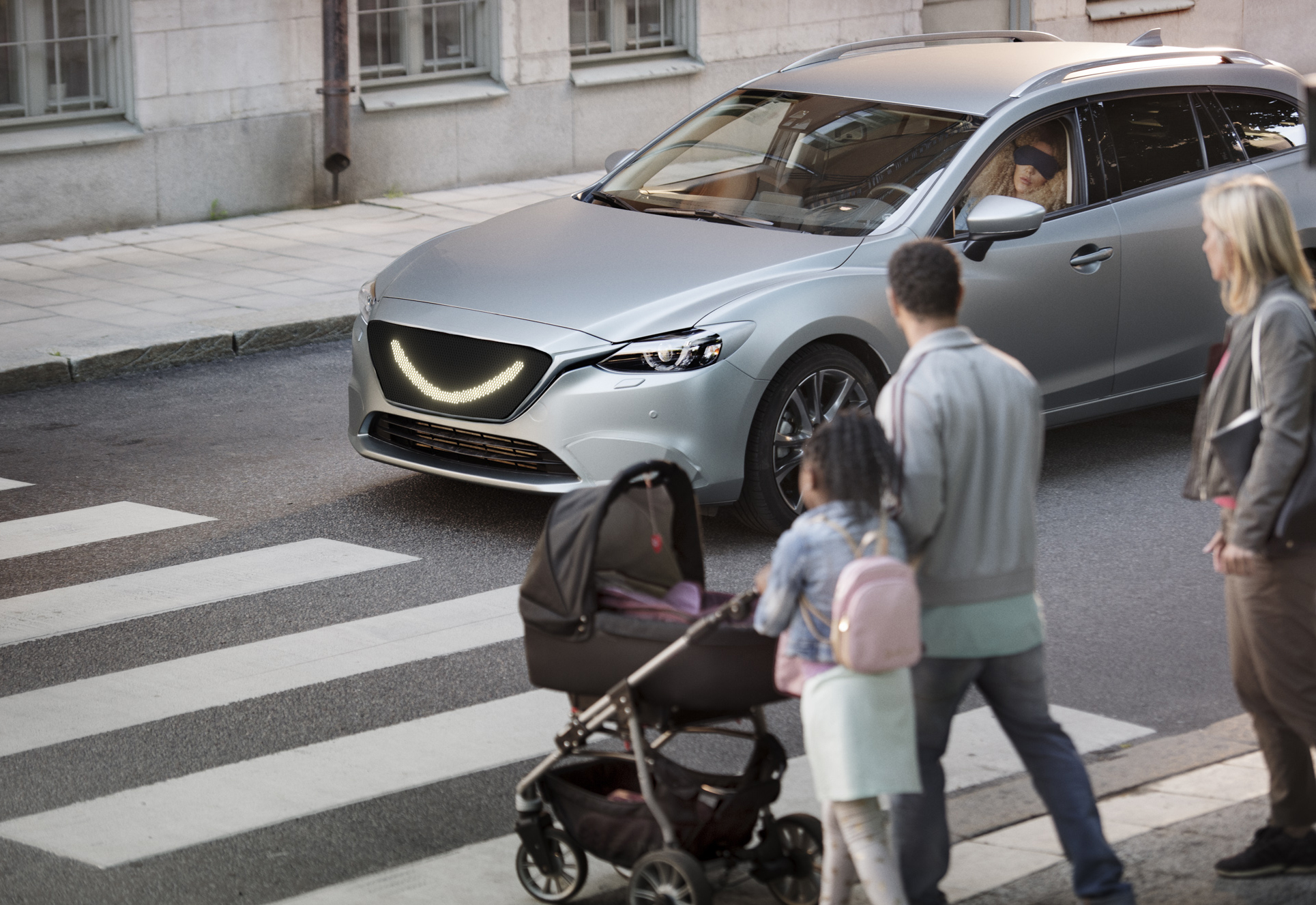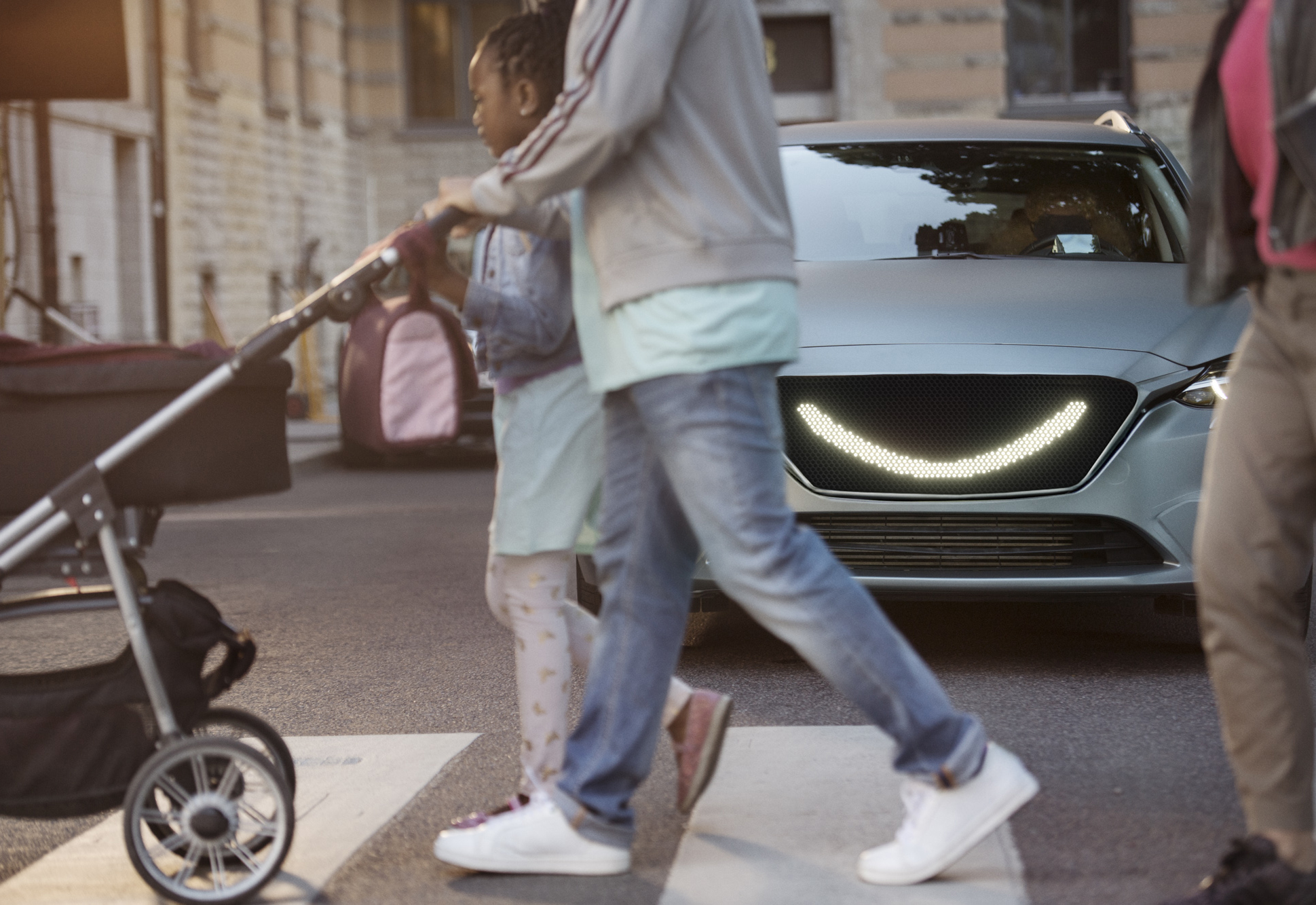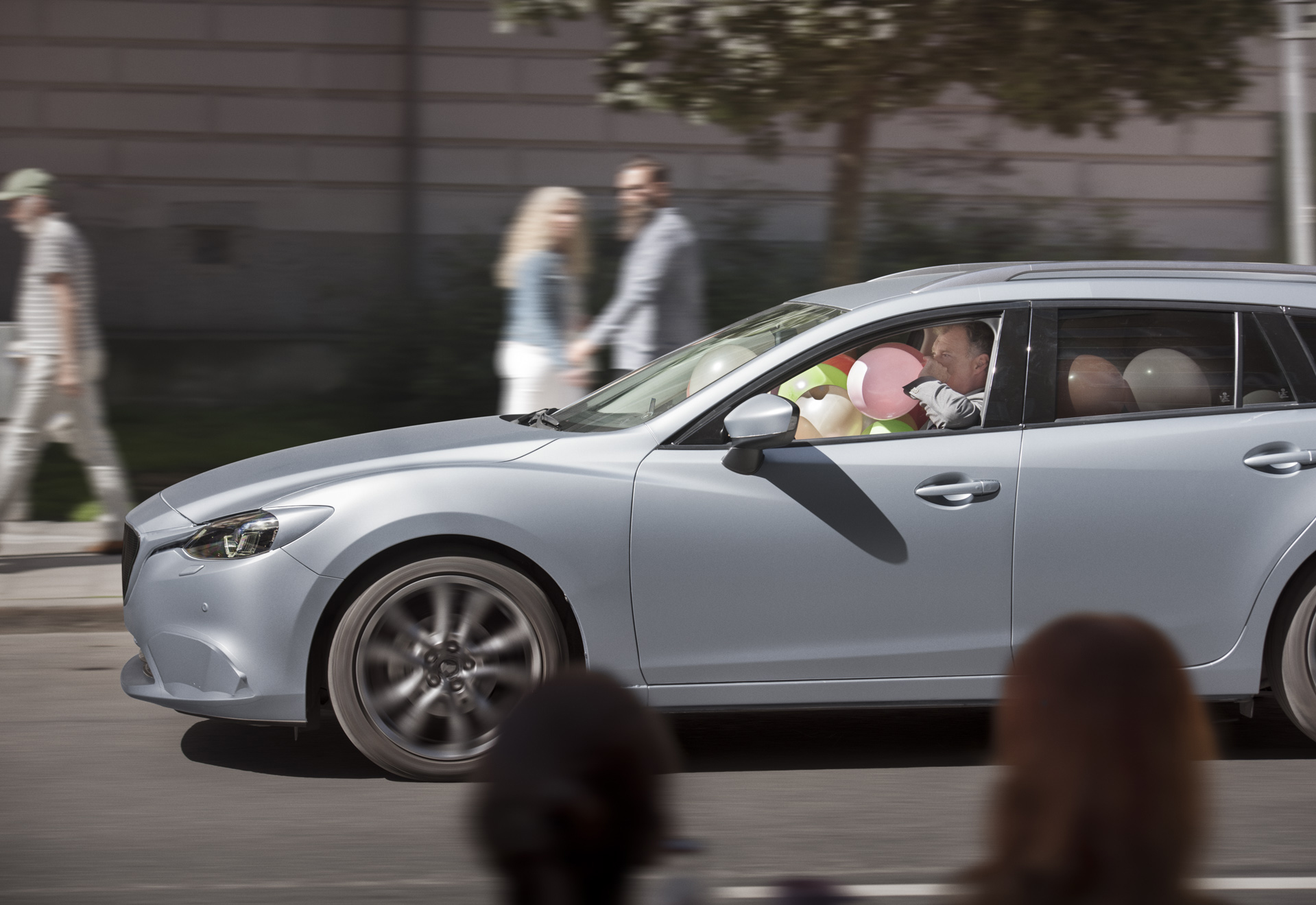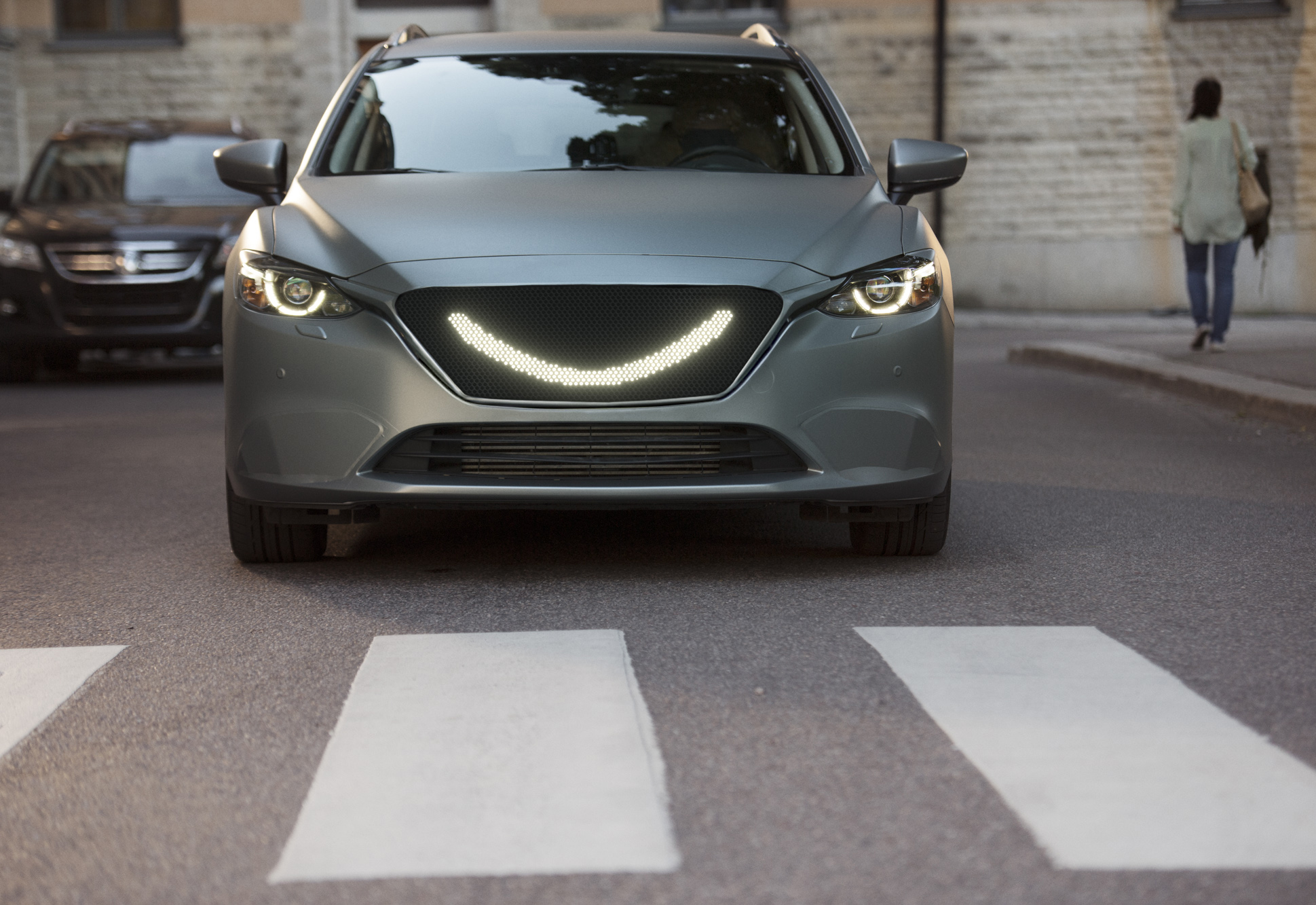








International technology company - Semcon - has developed a self-driving car that communicates with a smile.
The tech company that specialises in products based on human needs and behaviours, says eight out of ten pedestrians seek eye contact with the driver when they cross the street. As this may no longer possible in the future with self-driving cars, to make pedestrians feel safer, Semcon developed The Smiling Car concept.
When the self-driving car’s sensors detect a pedestrian, a signal is sent to a display at the front and a smile lights up that confirms that the car will stop at a safe distance.
The next step, according to Semcon is the possibility of refining The Smiling Car, with systems for eye tracking and laser technology, known as Lidar. This offers a more detailed analysis of the surrounding environment and would make it possible to perceive small head movements or read the eyes to create an even safer interaction between humans and cars.
According to research by Business Insider, in 2020 10 million cars with self-driving features are expected to be on the road. In an international survey conducted by Semcon in partnership with research company Inizio, eight out of ten pedestrians stated that they seek eye contact with the driver when they cross the street.
When this is no longer possible, new demands are placed on how cars communicate with the people around them so that they feel safe. In the survey, Semcon says 47% of respondents answered that they do not trust self-driving cars.
“A lot of the discussions regarding self-driving cars are about the car’s technology. But how these vehicles will interact with unprotected road users is just as important. Self-driving cars need to communicate in a way that feels familiar and creates trust,” says Karin Eklund, who is responsible for User Experience at Semcon.
“The strength behind The Smiling Car is that we allow people to communicate in the way they are used to, instead of taking an unnecessary detour via technology,” added Eklund.
The Smiling Car is the first step in a long-term process in which Semcon, together with research institute Viktoria Swedish ICT and partners in the automotive industry, wants to create a global standard on how self-driving cars communicate with their surroundings.
“Today there are clear agreements on how cars must indicate when changing lanes. We now need to develop a common language for how self-driving cars will interact with pedestrians,” said Markus Granlund, president and CEO at Semcon.
